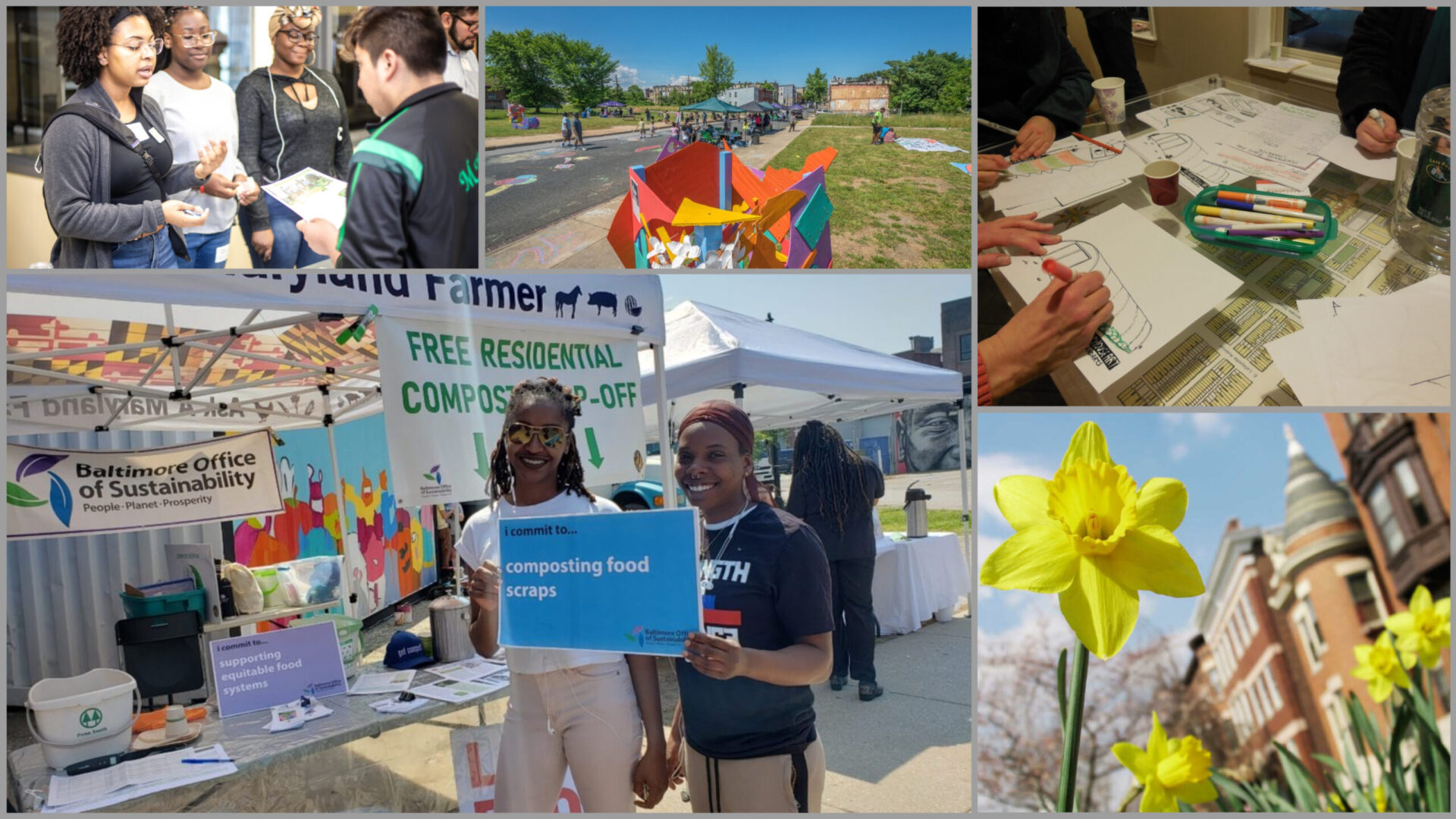- What is the difference between climate and weather?
- Why is climate change happening and is it too late to fix?
- How do we know humans are causing climate change?
- Are a few degrees’ difference in annual temperature really that big of a deal?
- Can’t we keep everything as is and adapt to climate change?
- What are the most reliable sources of information on climate change?
- How can I reduce my contribution to the environment?
What is the difference between climate and weather?
“Weather” refers to conditions of the atmosphere over as short period of time.
“Climate” refers to long-term average patterns of weather in a particular area or region, generally lasting over a period of years.1
Why is climate change happening and is it too late to fix?
Greenhouse gases (GHG’s) are gases released into the atmosphere, trapping energy by altering the amount of solar radiation entering and exiting the atmosphere, known as the Greenhouse Effect. As quantities of these gases change, warming and cooling of the atmosphere takes place.
The four main greenhouse gases, Carbon Dioxide (CO2), Methane (CH4), Nitrous Oxide (N2O), and halocarbons. Human activities contribute to a variety of greenhouse gases;
- Carbon Dioxide—fossil fuel consumption related to transportation, heating and cooling, and the manufacturing of many materials
- Methane—agricultural processes, landfills
- Nitrous oxide—fertilizer, fossil fuel burning
- Halocarbons—refrigeration agents, industrial processes.3
By taking action to reduce our emissions, we can prevent the effects of climate change from continuing to strengthen, protecting our future generations.
How do we know that humans are causing climate change?
Records of Earth’s climate are preserved in tree rings, glacial ice, and coral reefs. By analyzing these records scientists have discovered an increase of GHG Emissions by 70% between 1970 and 2004. This correlates closely with the rise of transportation, industry, and the Industrial Revolution. Carbon Dioxide (CO2), is the greenhouse gas most closely associated with human activities such as fossil fuel consumption. Between 1970 and 2004, annual CO2 emissions grew 80%.2 These and other conclusions have led scientists to conclude with near certainty that human activities are the greatest contributors to climate change.
Are a few degrees’ difference in annual temperature really that big of a deal?
Rising atmospheric temperatures, even by a few degrees, have considerable ramifications on the environment. Impacts vary by location, but rising temperatures in the Northeast will cause increased heat waves, short but heavy precipitation events, and sea level rise. A great deal of infrastructure, agriculture, and ecosystems will be impacted by these changes.1
Can’t we keep everything as is and just adapt to the effects of climate change?
Because the impact of climate change is already occurring, cities are developing adaptation strategies as a means to prepare new or aging infrastructure and human systems to adapt to changes in the environment and sea level. The City of Baltimore continually works to create a resilient urban fabric, one that is prepared for and can easily respond to significant multi-hazard events without damage to well-being, the economy, and the environment.
What are the most reliable sources for more information on climate change?
Some of the most commonly cited resources include;
Environmental Protection Agency (EPA)
Intergovernmental Panel on Climate Change (IPCC)
National Aeronautics and Space Administration (NASA)
National Oceanic and Atmospheric Administration (NOAA)
U.S. Global Change Research Program
How can I reduce my individual/commercial contribution to the environment?
Individual and Family Actions
Business Opportunities
Local Government Solutions
Sources
1NASA—Climate
2IPCC Fourth Assessment Report: Climate Change 2007
3NOAA Fact Sheet

